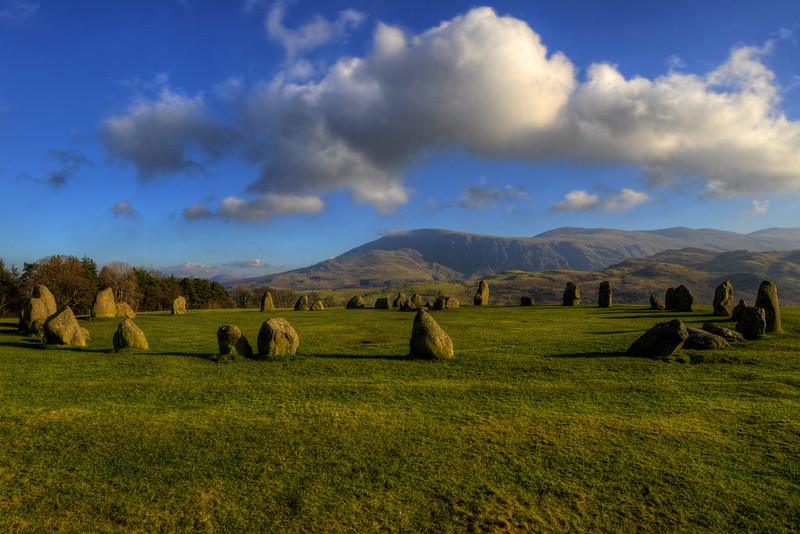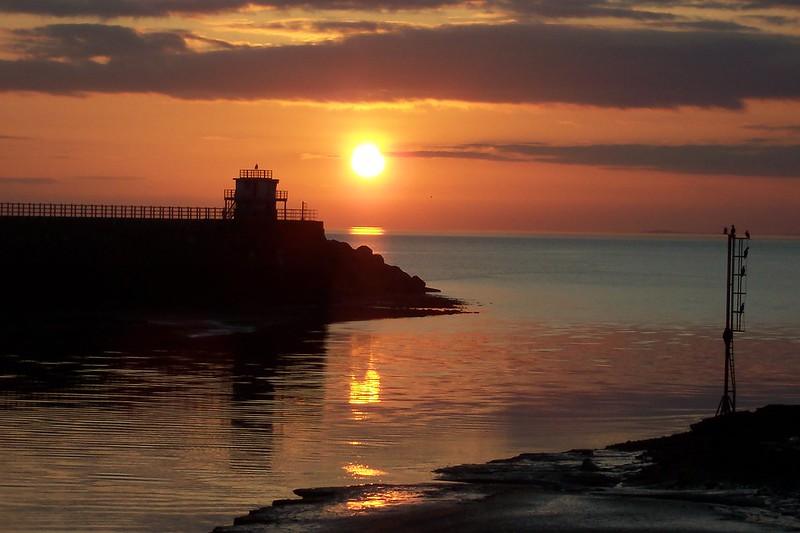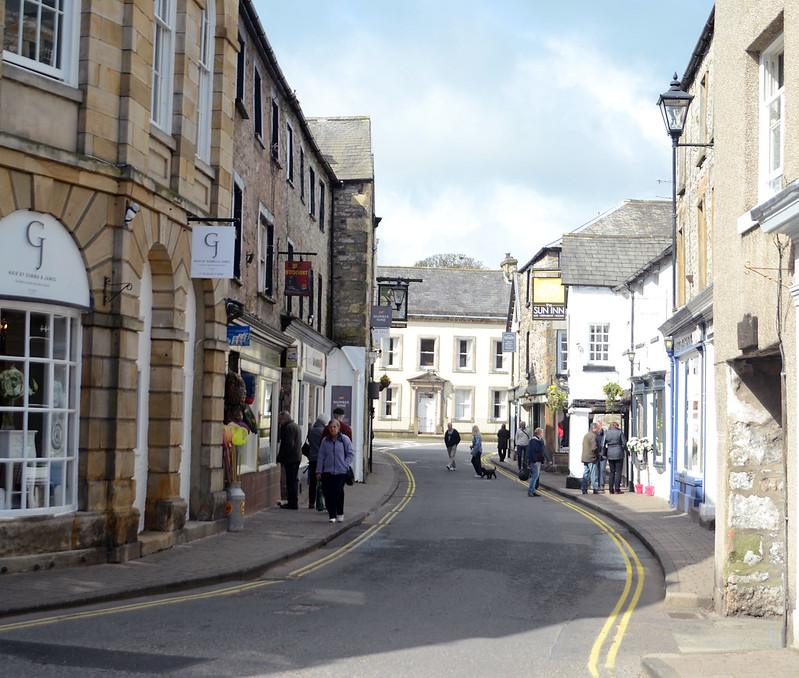Nestled in the heart of England's Lake District, Cumbria is a region steeped in natural beauty and rich history. Among its many treasures, the ancient stone circles stand as enigmatic sentinels of a bygone era, inviting visitors to explore their mysteries. These remarkable structures, crafted by our ancestors, offer a glimpse into the spiritual and communal lives of the people who once inhabited this land.
As we delve into the secrets of Cumbria's stone circles, we uncover not only their historical significance but also the legends and lore that have woven themselves into the fabric of local culture.
Unveiling the Secrets of Cumbria’s Ancient Stone Circles
The stone circles of Cumbria are a testament to the ingenuity and craftsmanship of prehistoric societies. Constructed primarily during the Neolithic and Bronze Ages, these circles were often built using local stone and meticulously arranged to create a sense of harmony with the surrounding landscape. Each stone, whether large or small, carries with it the weight of history, whispering tales of rituals, gatherings, and celestial observations. The most famous of these circles, such as Castlerigg and Long Meg and Her Daughters, continue to captivate archaeologists and visitors alike, sparking curiosity about their original purpose.

Archaeological studies suggest that these stone circles served multiple functions, ranging from ceremonial sites to astronomical observatories. The alignment of certain stones with the rising and setting sun indicates that our ancestors had a profound understanding of celestial movements.
This knowledge not only guided agricultural practices but also played a crucial role in their spiritual beliefs. The circles may have been places of worship, where communities gathered to celebrate the changing seasons and honor their deities, fostering a deep connection with the earth and sky.
In addition to their practical uses, the stone circles are imbued with a sense of mystery that continues to intrigue modern visitors. The sheer scale and precision of these structures raise questions about the social organisation and technological capabilities of the people who built them.
How did they transport and erect these massive stones without the machinery we have today? What rituals were performed within these sacred spaces? Each visit to a stone circle invites contemplation and wonder, encouraging us to ponder the lives of those who walked this land thousands of years ago.
As we explore these ancient sites, we are reminded of the enduring human desire to connect with the past. The stone circles stand as a bridge between generations, inviting us to reflect on our own place in history. They serve as a powerful reminder that while time may erode the physical structures, the stories and significance they hold remain timeless, waiting to be discovered by those willing to listen.
The Historical Significance of Stone Circles in Cumbria
The historical significance of Cumbria's stone circles extends far beyond their physical presence. These structures are vital to understanding the cultural and social dynamics of prehistoric communities. They provide insight into the spiritual beliefs, agricultural practices, and communal activities of the people who inhabited this region.
The construction of stone circles required considerable effort and cooperation, suggesting that these communities were organised and had a shared purpose, fostering a sense of identity and belonging.
Moreover, the stone circles are often associated with burial sites and other archaeological finds, indicating that they played a role in the rituals surrounding death and the afterlife. The presence of nearby barrows and cairns suggests that these circles were integral to the funerary practices of the time, serving as places of remembrance and reverence for ancestors.
This connection to the past highlights the importance of honouring those who came before us, as well as the continuity of cultural practices through generations. The study of these ancient structures has also contributed to our understanding of prehistoric trade and communication networks.
The materials used in their construction, as well as the artefacts found in their vicinity, reveal that these communities were not isolated but rather part of a broader cultural exchange. This interconnectedness challenges the notion of a static, homogenous prehistoric society, illustrating instead a dynamic landscape of ideas, beliefs, and practices that shaped the region.
In recent years, the stone circles have gained recognition not only as archaeological sites but also as symbols of cultural heritage. Efforts to preserve and protect these ancient structures have become increasingly important, as they face threats from modern development and environmental changes.
By valuing and safeguarding these sites, we honour the legacy of our ancestors and ensure that future generations can continue to explore and appreciate the rich history of Cumbria's stone circles.
Journey Through Time: Legends and Lore of the Circles
The stone circles of Cumbria are steeped in legends and folklore, adding an enchanting layer to their historical significance. Local tales often speak of giants, fairies, and ancient deities, weaving a rich tapestry of myth that captures the imagination.
One popular legend surrounding the Castlerigg stone circle tells of a giant who, in a fit of rage, hurled the stones into place, creating the circle as a testament to his strength. Such stories not only entertain but also reflect the cultural values and beliefs of the communities that have inhabited this land for centuries.
In addition to giants, many legends feature the presence of supernatural beings, such as fairies or spirits, believed to inhabit the stones. These tales often serve as cautionary stories, warning against disturbing the sacred sites or disrespecting the ancient traditions associated with them.
The belief that the stones possess a life of their own adds to their mystique, inviting visitors to approach them with reverence and curiosity. This connection to the supernatural underscores the importance of these sites in the spiritual lives of local communities.
The lore surrounding the stone circles also highlights the cyclical nature of life and the changing seasons. Many stories are tied to agricultural practices, celebrating the harvest or marking the solstices and equinoxes.
These narratives emphasise the deep connection between the people and the land, illustrating how the rhythms of nature influenced their lives and beliefs. The stone circles, as focal points for these celebrations, became symbols of fertility, abundance, and the passage of time.

As we explore the legends and lore of Cumbria's stone circles, we are reminded of the power of storytelling in shaping our understanding of the past. These tales not only enrich our experience of the sites but also connect us to the generations that have come before us.
By embracing the myths and legends associated with these ancient structures, we honour the cultural heritage of the region and keep the spirit of the past alive in our collective memory.
Visiting Cumbria: A Guide to the Stone Circle Experience
For those eager to experience the magic of Cumbria's stone circles, a visit to this enchanting region promises a journey through time and history. The most accessible and well-known stone circle is Castlerigg, located just outside the town of Keswick.
Surrounded by breathtaking views of the surrounding fells, Castlerigg is a must-visit for anyone interested in archaeology or ancient history. The site is open year-round, allowing visitors to explore the stones at their own pace, and the nearby visitor centre provides valuable information about the site's history and significance.
Another notable site is Long Meg and Her Daughters, located near Penrith. This impressive circle features a large central stone, known as Long Meg, surrounded by 59 smaller stones. The site is steeped in folklore, with legends of witches and magical beings adding to its allure.
Visitors can enjoy a leisurely walk around the circle, taking in the stunning countryside and reflecting on the mysteries of the past. The site is also less crowded than Castlerigg, offering a more tranquil experience for those seeking solitude and contemplation.

For a more immersive experience, consider joining a guided tour or participating in a workshop focused on the stone circles. Many local organisations offer educational programs that delve into the history, archaeology, and mythology of these ancient sites.
These experiences provide a deeper understanding of the cultural significance of the circles and allow visitors to engage with the landscape in a meaningful way. Additionally, some tours include opportunities for stargazing, taking advantage of the dark skies that surround the stone circles, and connecting with the celestial themes that permeate their history.
As you plan your visit to Cumbria's stone circles, be sure to take the time to explore the surrounding landscape. The Lake District is renowned for its stunning natural beauty, with countless hiking trails, lakes, and charming villages to discover.
Whether you choose to hike to nearby peaks or simply enjoy a leisurely stroll through the countryside, the experience of visiting the stone circles will be enriched by the breathtaking scenery that surrounds them. Embrace the spirit of adventure and curiosity as you embark on this journey through time, and allow the ancient stones to inspire a deeper connection to the past.
Exploring the ancient stone circles of Cumbria is more than just a visit to historical sites; it is an invitation to connect with the past and reflect on our shared human experience. These remarkable structures, steeped in history, legend, and natural beauty, offer a unique opportunity to ponder the lives of those who came before us.
As we walk among the stones, we are reminded of the enduring power of community, spirituality, and the natural world. Whether you are an avid historian, a nature lover, or simply seeking inspiration, Cumbria's stone circles promise a journey that will resonate long after you leave their sacred embrace.
FAQs
What is Castlerigg Stone Circle?
Castlerigg Stone Circle is one of the oldest and most visually impressive stone circles in Britain, located near Keswick in the Lake District.
Where is Castlerigg Stone Circle located?
It is situated in Cumbria, approximately 1.5 miles east of Keswick.
Is there an entrance fee to visit Castlerigg Stone Circle?
No, entry to Castlerigg Stone Circle is free of charge.
What are the visiting hours for Castlerigg Stone Circle?
The site is open to visitors all year round, at any time of day.
Is parking available near Castlerigg Stone Circle?
Yes, there is limited parking available on the roadside near the entrance.
Are there any facilities at Castlerigg Stone Circle?
There are no facilities such as restrooms or visitor centres directly at the site, so plan accordingly.
What is the history behind Castlerigg Stone Circle?
Castlerigg is believed to have been constructed around 3000 BC during the Neolithic period, but the exact purpose remains unknown. It may have been used for ceremonial or astronomical purposes.



